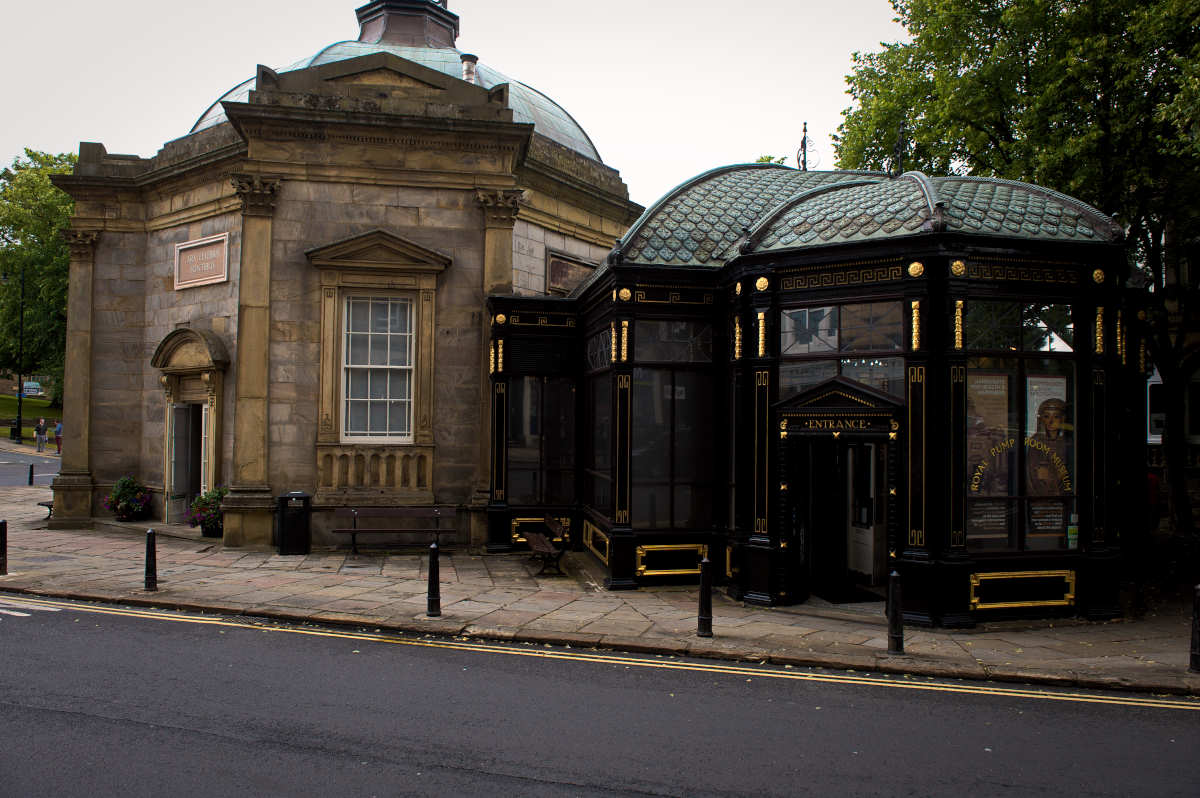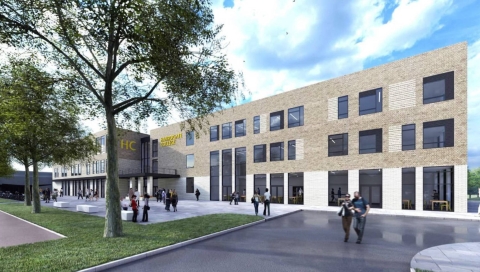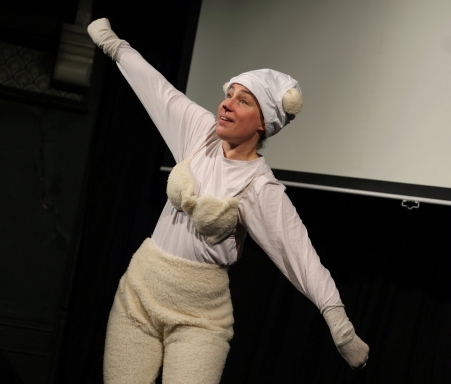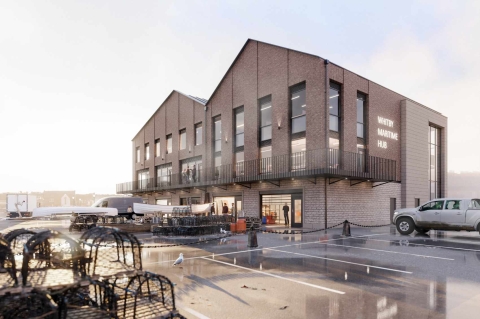Harrogate is one of the few places where visitors can experience the same sense of wonder, relaxation and leisure as they did when they came hundreds of years ago.
Harrogate isn’t a high-tech Intertops online casino kind of place. It’s laid-back and slow-paced with a gentle atmosphere that provides a boost to one’s physical, mental and spiritual health. Check out what you can do when you come to spend some time in the Harrogate area.
Harrogate History
“Harwegate” is first mentioned in the in the court rolls of Edward II who ruled from 1307 to 1327. Etymologists believe that original name, sometimes spelled Harougat or Harrowgate, derived from horgr’a, a word used in Old Norse to describe a heap of stones. In medieval times Harrogate was located partly in the Parish of Knaresborough and partly in the Parish of Pannal. Eventually they became known as High Harrogate and Low Harrogate and came under the rule of the Duchy of Lancaster.
In the 16th century the first mineral springs were discovered. William Slingsby discovered that the water from the Tewit Well, located in High Harrogate, had properties similar to that of the Belgian springs in the town of Spa. Edmund Deane published a book Spadacrene Anglica – The English Spa Fountain in 1626 in which he publicized the medical properties of the Harrogate waters which were derived from sulphur and chatybeate minerals found in the waters.
In the ensuing years additional chalybeate and sulphur springs were discovered in Low Harrogate and Chalybeate springs in High Harrogate. Inns including The Dragon, the World’s End the Granby and the Queens Head, opened and the Duchy of Lancaster promoted The Enclosure Act which allowed for the enclosure of the Royal Forest of Knaresborough which clarified that 200 acres of land – including the springs known at that time — would be reserved as a public common. That area, The Stray, remains public, open land till today and the site of Tewit Well can be seen there, marked with a dome.
As more visitors began to come to Harrogate the area between the two Harrogates was developed. The town also began to acquire a reputation as a bit eccentric as wealthy socialites came to drink the waters – despite their offensive smell. These people would spend their days playing cards, visiting the local racecourse, hunting and playing sports. At night they would dine and dance at the hotels.
It was the spa waters, however, that attracted people though not everyone understood the lure. The sulphur springs smelled like hard boiled eggs. But the health benefits were said to outweigh the foul-smelling waters. Visitors would spend their time enjoying cycling and golfing and bathing in the steam-heated peat – many of the same activities that can be enjoyed today.
Regardless of whether you come to drink the spa waters, bath in the Turkish Baths, take advantage of hydrotherapy treatments or explore some of the area’s other attractions, you’ll find a visit to Harrogate well worth your efforts.
What To Do in Harrogate?
Aside from the spas, what else is there to do in Harrogate?
Royal Pump Room Museum
There’s much more to the story of the Harrogate spas than was related above. European royalty flocked to Harrogate and artists and writers imbued the atmosphere, letting Harrogate’s unique character and local residents provide them with material for their artistic endeavors.
The Royal Pump Room encapsulates that era. The Pump Room was built by Isaac Shutt in 1842 and serviced members of Europe’s high society who came to experience the therapeutic benefits of Harrogate’s waters. The museum is operated by Harrogate Museums and Arts, Harrogate Borough Council. It provides temporary and permanent displays of the spa-history of Harrogate with a focus on how fashion, society and politics interlink.
Cycling and Walking Routes in Harrogate
Many of the cycling and walking routes of Harrogate were laid out during the heyday of Harrogate spas. Many of the routes unite High Harrogate and Low Harrogate to give visitors a unique understanding of the development of the town.
Some of the most memorable routes include Slingsby walk (cycling and walking), East Parade (cycling), Victoria Avenue (cycling), Otley Road (cycling), Beckwith Head Road (cycling), Luchon Way (cycling), Leeds Road (cycling), Cricket Club Path (cycling and walking), West End Avenue (cycling), Beech Grove (cycling), and Harlow Moor Road (cycling).
Yorkshire Dales National Park
Just 20 minutes easy of Harrogate is the Yorkshire Dales National Park. There are many sites of interest in and around the Park including:
- Hawes Ropemaker – video and display of items that show the art of ropemaking, once a specialty of the Dales
- Dales Countryside Museum — shares the stories of the Yorkshire Dales and the people and places that have made it such a landmark in the United Kingdom. Exhibits show the knitting industry that once flourished in the area, 19th century crafts and trades, what it was once like to be a miner and more. There’s a “ Creation Station” for young artists and artisans with craft workshops and demonstrations. A trip outdoors can take you along the trail to see some of the animal, plant and bug life of the region.
- Swalendale Museum – an interactive museum that takes visitors back to the “days of yore” where they try to identify mystery objects, explore tools of leadminers, pla the Sunday School Harmonium and hear the stories of real people who lived and worked in the Dales over the years.







What shops have u got in Harrogate